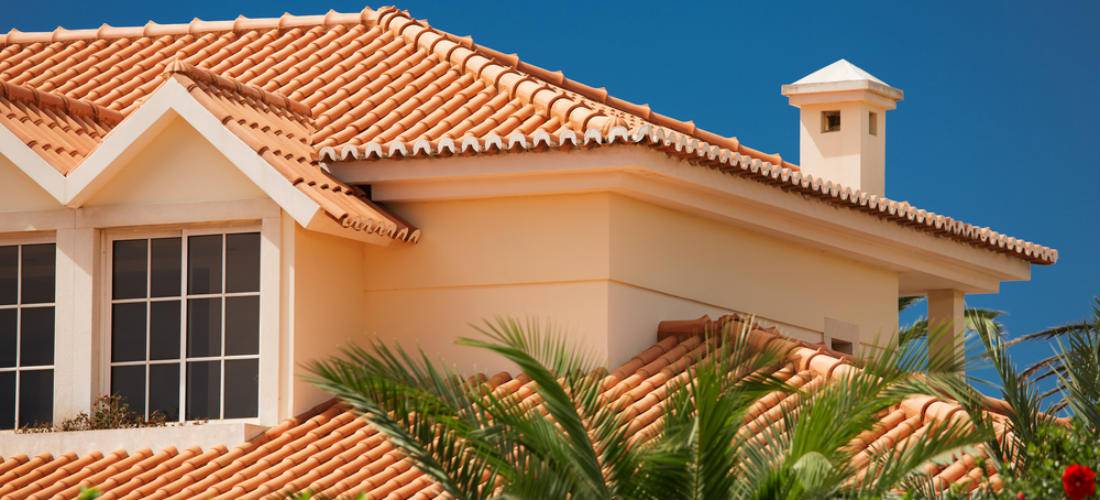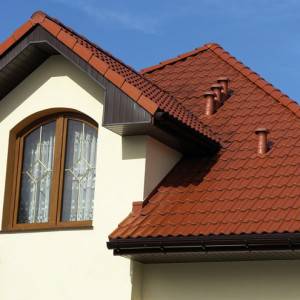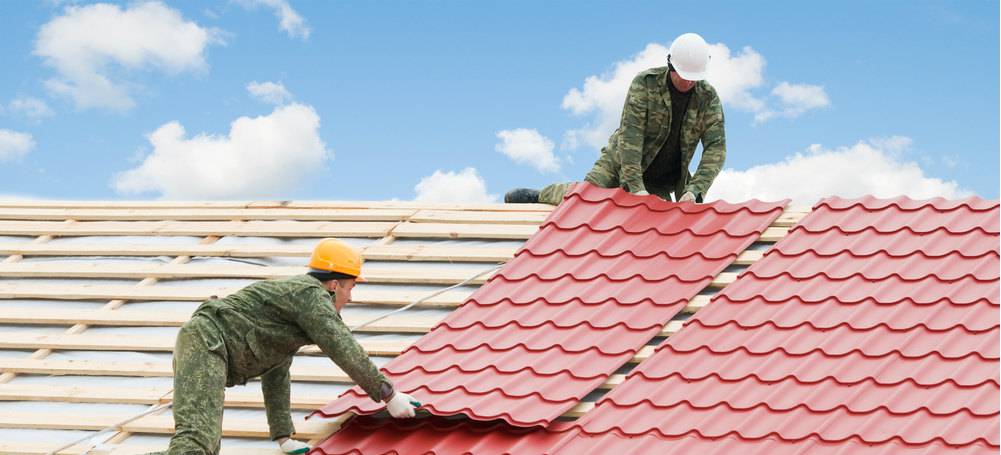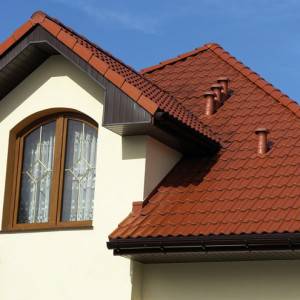A very comprehensive guide on what you should consider when installing a traditional tile roof.
Installing a traditional tile roof can add long-lasting value and beauty to your home, making it an investment that pays off dividends long into the future. When it's time to install your tile roof or perform roof repair on your existing roof, steps should be taken to ensure the work is done properly.

Finding a reliable contractor who listens to your concerns, answers all your questions, and provides you with a reasonable roofing cost, is extremely important. By researching the process ahead of time, you'll be a step ahead of the game.
The first thing you should consider is the slope of your current roof deck. To install roof tiles properly, your roof should have a slope of at least 4:12. Roofs with a steeper slope tend to last longer, so if you're building a new home, you should discuss the slope with your contractor beforehand.
 Next, you should consider the type of tiles you want for your roof. Clay, concrete and ceramic tiles are durable and come in a variety of colors that will complement your home's brick or siding. When the suitability of your roof deck is determined and your materials are chosen, your contractor can begin installing your new roof.
Next, you should consider the type of tiles you want for your roof. Clay, concrete and ceramic tiles are durable and come in a variety of colors that will complement your home's brick or siding. When the suitability of your roof deck is determined and your materials are chosen, your contractor can begin installing your new roof.
The National Roofing Contractors Association (http://www.nrca.net/) (NRCA) recommends that you install tile roofs over continuous wood decking. If you're applying tile over plywood, you should be sure that it's at least 5/8" thick for better adhesion.
Connect with roofers today for free estimates on installing a tile roof!
Batten and counter-batten systems are sometimes used to install tile roofs that have head lugs. Battens should be spaced with the size and shape of the tiles in mind and fastened to the roof deck approximately 12 inches on the center with 8d common galvanized nails that are corrosion-resistant.
Placing underlayment on your roof deck before you install roof tiles is a must, as it provides better protection from inclement weather. You can choose between traditional asphalt underlayment, asphalt-soaked felt and synthetic underlayment.

While synthetic underlayment seems attractive due to its lighter weight, resistance to wrinkling and protection against mold and fungus, the NCRA dissuades contractors from using it due to a lack of American Society for Testing and Materials (ASTM) standards. The NCRA recommends a minimum of No. 30 asphalt-soaked felt underlayment if you're installing tile on your residential roofing.
 Once your underlayment is installed, your contractor can begin laying your tile roofing. There are many ways to attach the tile, including 11- to 12-inch galvanized steel nails, wire tie and strapping systems, clips, lug hangs and mortar to bed the tile in. You can decide which you prefer based on the type of weather in your area, the type and slope of your roof deck, seismic activity in your area, building codes and recommendations from the manufacturer of your tile.
Once your underlayment is installed, your contractor can begin laying your tile roofing. There are many ways to attach the tile, including 11- to 12-inch galvanized steel nails, wire tie and strapping systems, clips, lug hangs and mortar to bed the tile in. You can decide which you prefer based on the type of weather in your area, the type and slope of your roof deck, seismic activity in your area, building codes and recommendations from the manufacturer of your tile.
QualitySmith can help you find contractors in your area who will answer your residential roofing questions, help you find the best roofing prices on traditional tiles and provide you with a roofing estimate. This can save you time and money on research that you can apply to your roofing cost, ensuring you get the best roof for your money.













Write a Comment